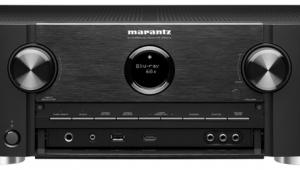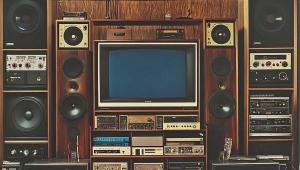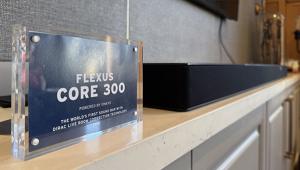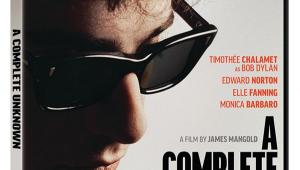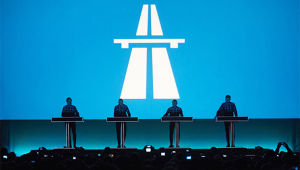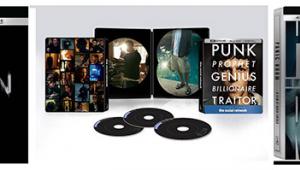I'm in the market for a new receiver or pre-pro, and this receiver seems to have a lot of the things I need, but the lack of HDCP2.2 makes it already obsolete! I don't want to turn this into a brand comp., but Onkyo has been including HDCP2.2 on many of their receivers since last year. I don't know about you, but if I'm buying a receiver, the last thing I need is to be already looking for a solution to a very-near-future issue. S&V would do a great service to the readers if you were to provide a comparison chart of the top -or near top- receivers from the various major brands.
Thanks.
 To check out the Yamaha’s abilities with hi-res music, I connected my laptop via the front-panel USB port to play 192-kilohertz/24-bit downloads from HDtracks.com of “Wood and Metal” and “War” from Explorations in Space and Time featuring Jamey Haddad, Lenny White, and Mark Sherman. These three renowned percussionists really let it rip, and the simple two-microphone recording from Chesky truly demonstrates what real dynamics are. The first track features the quiet rustle of a rain stick and wood blocks, but this contrasts dramatically with the massive pounding of huge bass drums and gongs on “War.” The RX-A2040 took these extreme dynamic demands in stride, allowing all of the tonal color and subtlety of each instrument and the recording space itself to shine through clearly.
To check out the Yamaha’s abilities with hi-res music, I connected my laptop via the front-panel USB port to play 192-kilohertz/24-bit downloads from HDtracks.com of “Wood and Metal” and “War” from Explorations in Space and Time featuring Jamey Haddad, Lenny White, and Mark Sherman. These three renowned percussionists really let it rip, and the simple two-microphone recording from Chesky truly demonstrates what real dynamics are. The first track features the quiet rustle of a rain stick and wood blocks, but this contrasts dramatically with the massive pounding of huge bass drums and gongs on “War.” The RX-A2040 took these extreme dynamic demands in stride, allowing all of the tonal color and subtlety of each instrument and the recording space itself to shine through clearly.













